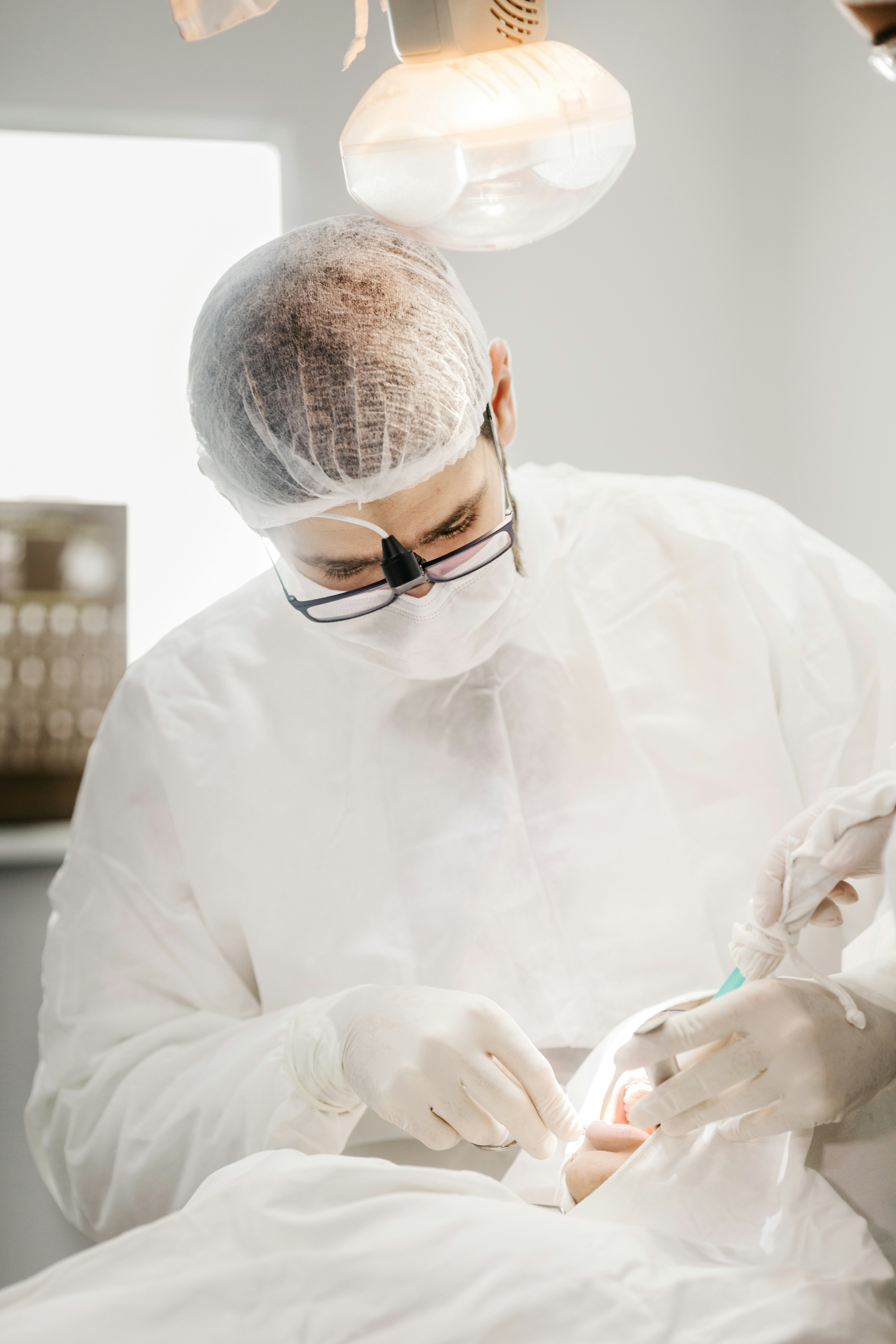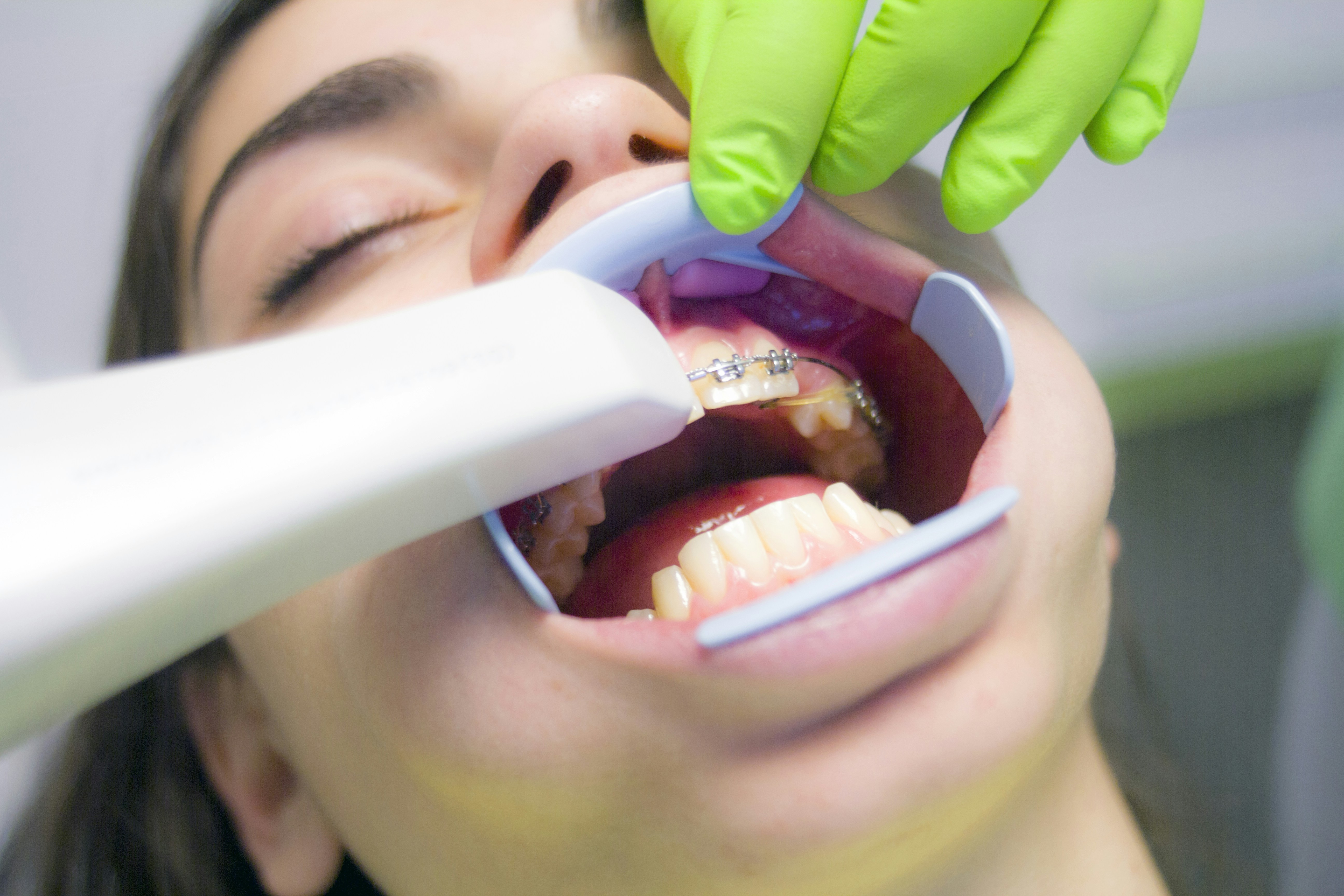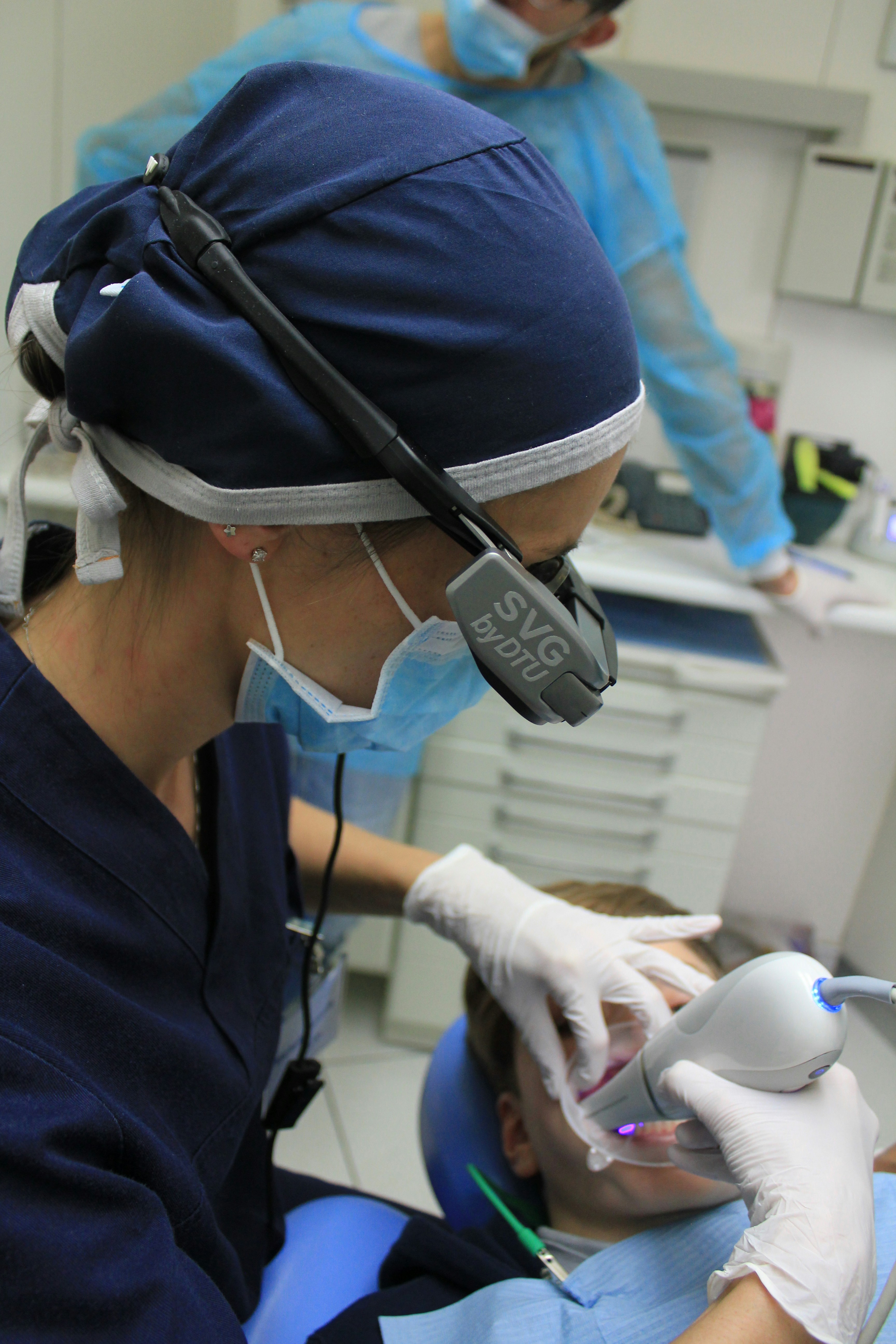6 Ways Modern Technology has Helped in Dental Care

Modern technology has revolutionized the field of dentistry, providing new and improved methods for preventing, diagnosing, and treating dental conditions. Here are six ways in which modern technology has helped improve dental care:
1. Digital X-rays
Digital X-rays are a more advanced and efficient alternative to traditional X-ray films. These X-rays use sensors to capture the image, which is then displayed on a computer screen. Digital X-rays provide a clearer and more detailed image, allowing dentists to diagnose and treat problems more accurately. They also produce up to 90% less radiation than traditional X-rays, making them a safer option for patients.
2. Laser dentistry
Laser dentistry refers to the use of lasers in various dental procedures. Lasers can be used to remove tooth decay, reshape gum tissue, and remove bacteria from the mouth. They are also commonly used in tooth whitening procedures. Laser dentistry is minimally invasive, causing less pain and discomfort for patients compared to traditional dental tools.
3. Dental implants

Dental implants are a permanent solution for missing teeth. They are small titanium screws that are surgically placed in the jawbone, where they act as a replacement for the root of a missing tooth. Dental implants are strong and stable, allowing patients to eat and speak normally. Modern technology has improved the success rate and durability of dental implants, making them a reliable option for replacing missing teeth.
4. Intraoral cameras

Intraoral cameras are small cameras that are used to take pictures inside the mouth. These images are displayed on a computer screen, allowing dentists to get a close-up view of the teeth and gums. Intraoral cameras can help dentists diagnose problems more accurately, and they can also be used to educate patients about their oral health.
5. CAD/CAM technology

CAD/CAM (computer-aided design and computer-aided manufacturing) technology is used to create precise and customized dental restorations, such as crowns and bridges. This technology allows dentists to design and mill these restorations in-office, eliminating the need for traditional impressions and reducing the amount of time needed for the procedure.
6. Teledentistry
Teledentistry refers to the use of technology to provide dental care remotely. This can be done through video conferencing, allowing patients to consult with their dentist from the comfort of their own home. Teledentistry can be especially useful for patients who live in rural areas or have difficulty accessing dental care due to mobility issues.
Conclusion
Overall, modern technology has greatly improved the field of dentistry, providing new and innovative methods for preventing, diagnosing, and treating dental conditions. Digital X-rays, laser dentistry, dental implants, intraoral cameras, CAD/CAM technology, and teledentistry are just a few examples of the ways in which technology has helped improve dental care. With continued advancements in technology, the future of dentistry looks bright and promising.










